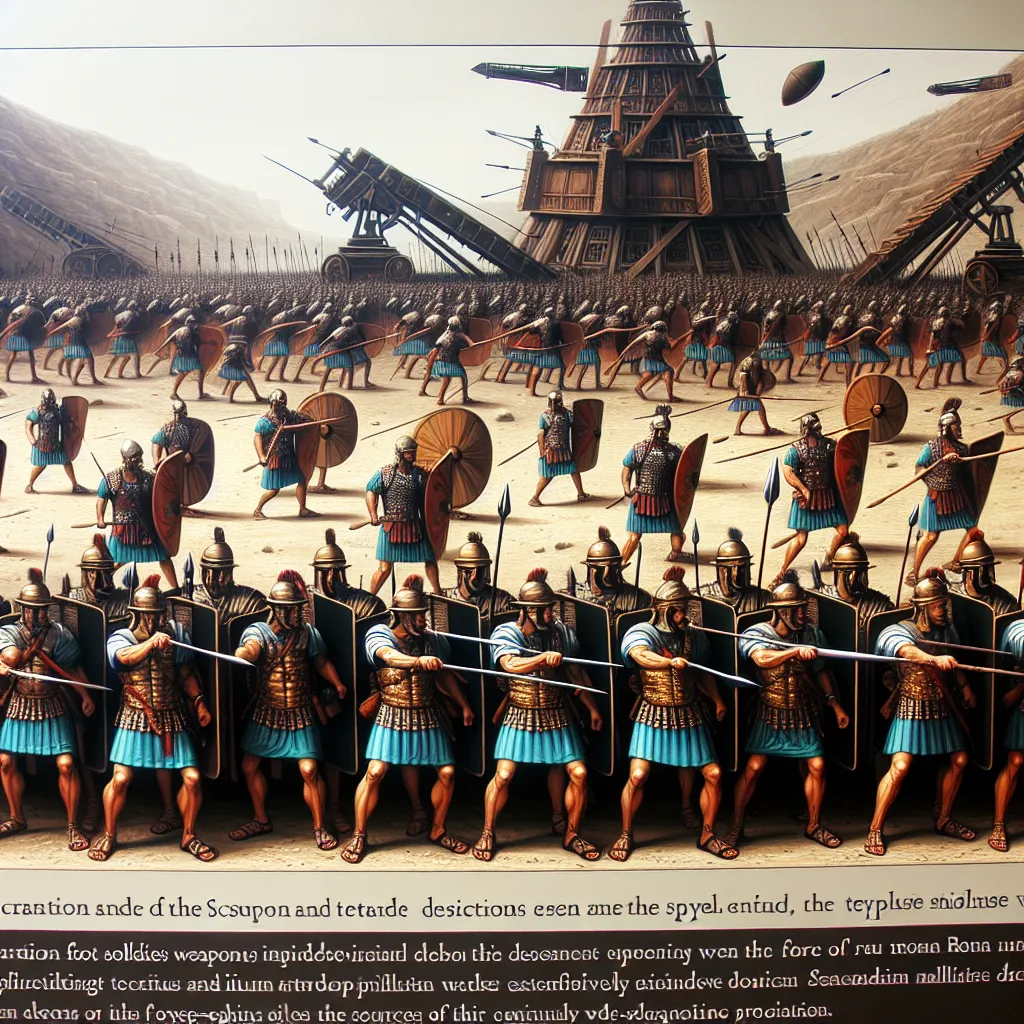Two thousand years ago, the Roman army stood as the best-equipped force in the world. The Roman foot soldiers wielded fearsome weapons like the Gladius, a double-edged sword designed for stabbing rather than slashing. Their spears, called pilum, were incredibly lethal and could be thrown with deadly accuracy up to 100 feet away. Once it pierced an enemy or their shield, its design ensured that it couldn’t be thrown back easily.
To protect themselves, early Roman soldiers wore chain mail called lorica hamata. It was heavy, weighing around 33 pounds, and could still be penetrated by enemy arrows. But Roman engineers eventually developed a more effective armor: lorica segmentata, made of overlapping iron plates. This new armor was lighter and offered superior protection, much like modern-day football pads.
Roman tactics were highly advanced. In situations reminiscent of modern-day police formations, Roman soldiers used shields to create a protective barrier called the “testudo” or tortoise configuration. Their shields were made from plywood, a simple yet effective material that provided strength and flexibility.
The Romans didn’t just rely on personal weapons and armor. Their military technology included powerful artillery like the Scorpion and Ballista. The Scorpion, which functioned like a giant crossbow, could shoot iron-tipped bolts with deadly precision. When it came to sieges, Romans brought out the big guns: the Ballista and the Onager.
The Ballista could launch 60-pound stones or 3-foot bolts up to 1,500 feet, causing massive damage and fear. The Onager, a type of catapult, used twisted rope to hurl basketball-sized stones nearly 1,000 feet.
This combination of weapons, armor, and tactics made the Roman army the unmatched force in Europe for five centuries. Their advanced technology and strategic innovations continue to impress historians and military enthusiasts today.






